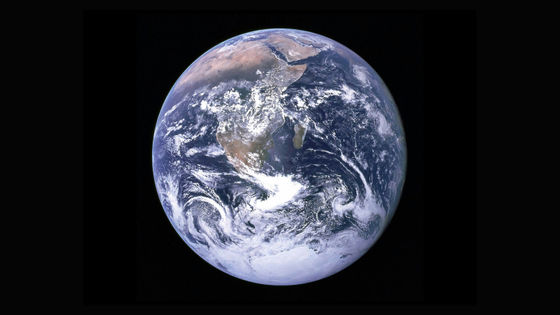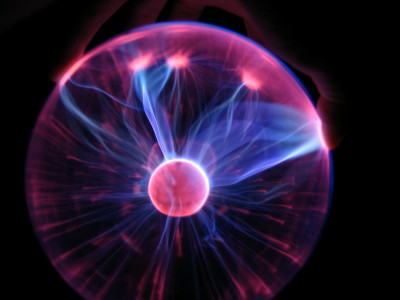Is the rumor that you can hear the sound from the aurora scientifically correct?

A small number of cases of 'sound can be heard' from the aurora, which is characterized by fantastic light, have been reported by local residents and scientists. Fiona Amelie, a philosopher of science at the University of Cambridge, explains the substance of the 'aurora sound,' which is still controversial and uncertain.
The disputed sound of the aurora borealis: sensing liminal noise during the First and Second International Polar Years, 1882–3 and 1932–3 | Notes and Records: the Royal Society Journal of the History of Science
https://royalsocietypublishing.org/doi/full/10.1098/rsnr.2021.0031
Do the northern lights make sounds that you can hear?
https://theconversation.com/do-the-northern-lights-make-sounds-that-you-can-hear-168032
Auroras observed around the North and South Pole are luminescence phenomena that occur when plasma emitted from the sun interacts with the earth's magnetic field and gas molecules. There have been several reports of hearing sounds from this aurora historically, and the sounds are 'cracking', 'groaning', ' silk- like', and 'two pieces'. It is described as 'the sound of a board hitting each other.' In 2016, Finnish acoustician Karelbo Rein claimed that he 'recorded the aurora sound 70 meters above the ground,' and put it together in a research treatise. You can see the aurora sound recorded by Mr. Rain in the following video.
Clap Sounds of Northern Lights? --Sound Source 70m Above Ground Level --YouTube
Since the beginning of the 20th century, there has been lively debate over the truth of the aurora sound. Cases of hearing the sound were reported from the Arctic Shetland Islands where the aurora is observed, northern Canada, Norway, etc., but because there were few Western explorers who actually heard the sound. The report was questionable in the scientific community.

by
At that time, it was thought that only aurora borealis generated relatively low on the surface of the earth could produce audible sounds, so the reliability of the report was placed on the altitude measurement of the aurora borealis. However, during the 2nd International Polar Year held from 1932 to 1933, research results reported that aurora borealis generally occur near 100 km above the ground and rarely occur below 80 km above the ground. Since humans cannot hear sounds that occur more than 80 km away, the report has spread the perception that 'the fact that sounds can be heard from the aurora is suspicious.'
With this report, physicists have come to regard the sound of the aurora as 'a folk tale, or a psychological illusion,' or 'a hallucination of'shoe'when you see a shooting star.' However, since then, some research has been conducted to scientifically prove the sound of the aurora, and it is said that the sound of the aurora is not considered to be hallucinations.
In 1973, Samuel Silberman and colleagues at the Air Force Cambridge Institute reviewed the previously reported cases of 'aurora sounds.' In it, Silberman and colleagues feature a (PDF file) study by Canadian astronomer Clarence Chant in 1923. 'The aurora alters the Earth's magnetic field, affecting the electric field in the air over a considerable distance, producing a charged sound near the surface of the earth,' Silberman and colleagues report. Such an electric field is 'most likely to be generated by the space charge caused by ionization by hard X-rays emitted from the ultra-high temperature gas during solar flare, and this is recognized as the sound of the aurora.'

'Although Chant's theory, taken up by Silberman and others, is widely accepted by modern scientists, the cause of the aurora sound is still controversial. The sound that is emitted is not an aurora, but a sound that is clearly audible to the human ear. '
Related Posts:
in Science, Posted by log1p_kr







